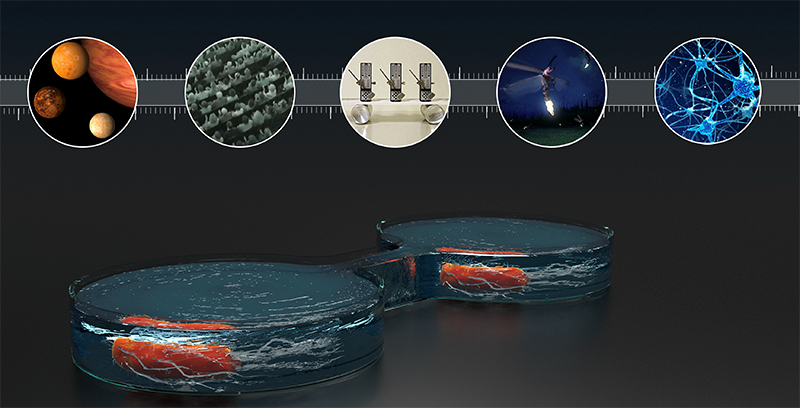
E. coli's Synchronized Dance: A New Frontier in Microbial Study
**Synchronisation**, a phenomenon often seen in nature, can now be attributed to **E. coli bacteria**, thanks to research conducted at **TU Delft**. By employing micro-engineered circular cavities connected through narrow channels, researchers observed that individual E. coli bacteria could synchronize their movements. **Farbod Alijani**, an associate professor, noted that this discovery deepens our understanding of self-organization in microscopic systems. The synchronized bacterial movements result from **hydrodynamic interactions** within the coupled system, adhering to universal mathematical rules. This breakthrough not only marks progress in the fundamental understanding of microbial motility but also opens avenues for developing micro-tools to study bacterial behavior in controlled environments. By forming networks of synchronized bacteria, the team aims to explore more complex systems, with potential applications in **drug screening**. This research is inspired by prior experiments where the first sound of a single bacterium was recorded, marking a progression from observing random oscillations to orchestrating synchronized biological movements.